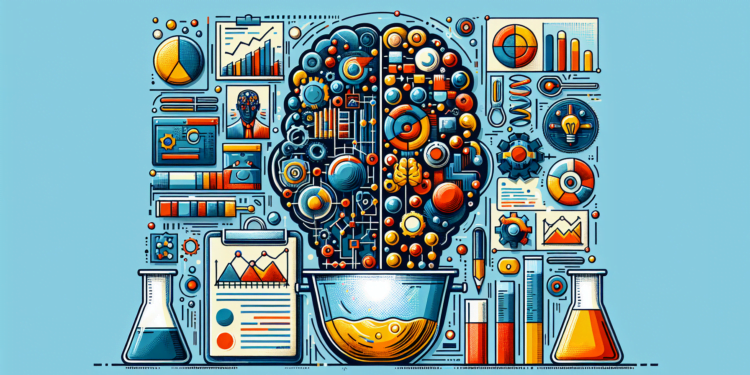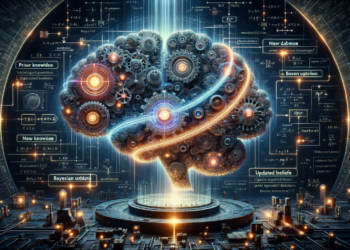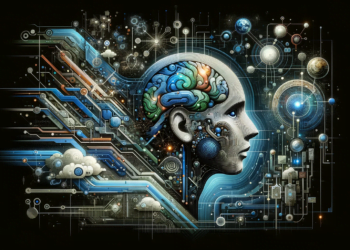The term Bagging, short for Bootstrap Aggregating, refers to an ensemble machine learning technique aimed at improving the stability and accuracy of machine learning algorithms. It is widely used to reduce variance and prevent overfitting in predictive models, particularly those based on decision trees. This method was proposed by Leo Breiman in 1996 and has since become a fundamental piece within the repertoire of Artificial Intelligence (AI) techniques.
Basic Principles of Bagging
Bootstrap: Bagging is based on the principle of bootstrap, a statistical resampling technique. It generates multiple subsets (bootstrap samples) from the training data via sampling with replacement. Each subset contains the same number of examples as the original set, but some examples may appear multiple times, while others may not be selected at all.
Aggregation: After training a predictive model on each of the subsets, the bagging technique aggregates the predictions of all the individual models. For regression problems, this usually involves calculating the average of the predictions. In classification problems, majority voting is used to determine the final class.
The main advantage of bagging is its ability to create complex and flexible ensembles of models that better generalize unseen data by averaging out fluctuations and reducing variance.
Technical Implementation
Bagging can be implemented with any learning algorithm but is most effective with those that have high variance. Decision trees, in particular, are known to be extremely sensitive to variations in the training data, which makes them ideal candidates for bagging.
Implementing bagging algorithms like Random Forest, which is an extension of the bagging concept that introduces randomness into the selection of features for splitting at each node, has shown notable improvement in the accuracy and robustness of predictive models.
The Impact of Bagging on Industry and Research
The application of bagging in the industry is extensive. In the financial sector, for example, it is used to improve the accuracy of credit risk prediction or market movements. In the field of medicine, it helps to create more accurate and personalized predictive models for diagnosis. The ability to handle large volumes of data and complexities makes bagging particularly relevant in the era of big data.
In research, bagging has led to new studies on how to further reduce variance in predictive models and how it can be combined with other techniques to optimize deep learning algorithms. Furthermore, bagging is used as a starting point to develop more sophisticated approaches such as Boosting and Stacking, which seek to optimize predictive capabilities in a more strategic manner.
Challenges and Opportunities
While bagging is a powerful method, it is not free of challenges. It can significantly increase computational requirements by having to train multiple models. In addition, the interpretation of bagging-based models can be more complex than that of a single model, affecting the transparency of AI-based models.
However, continuous innovation in the field of AI opens up opportunities to improve and expand the capabilities of bagging. Computational efficiency can be optimized through specialized hardware and faster algorithms. Additionally, new methodologies for explaining and visualizing complex models are regularly emerging, thereby addressing the challenges of interpretation.
Conclusion
Bagging continues to be a relevant and powerful strategy in the field of AI. Its ability to increase the accuracy and robustness of machine learning models is not only a valuable tool for data scientists, but also represents a fundamental pillar in the evolution towards increasingly sophisticated and effective AI systems.
The future of this technique lies in the continuous exploration of its integration with new neural network architectures, fine-tuning its mechanisms to further reduce variance, and expanding its practical applications in emerging fields such as federated learning and explainable AI. In essence, bagging is not only crucial for improving current outcomes, but it is also a key that opens the door to future innovations in the perpetually dynamic landscape of Artificial Intelligence.






















